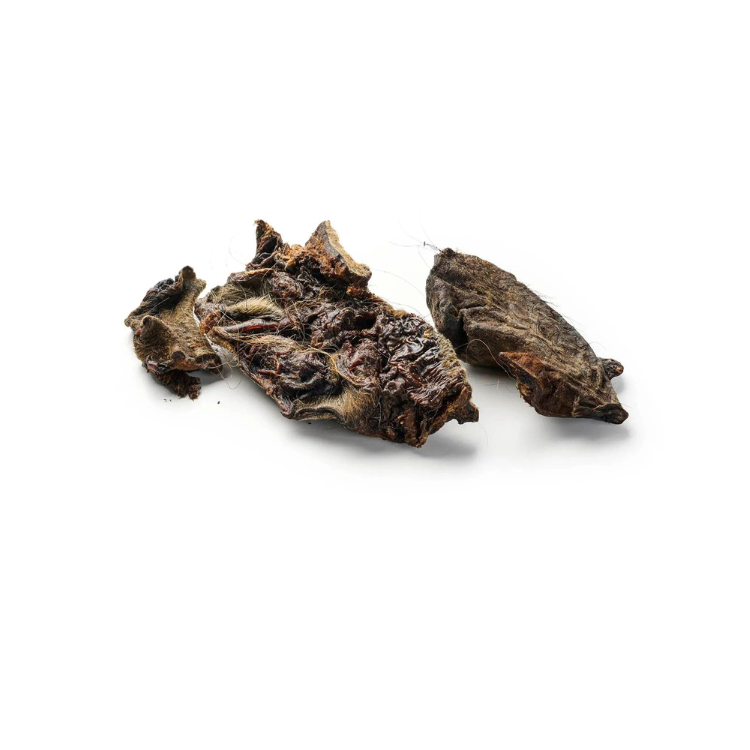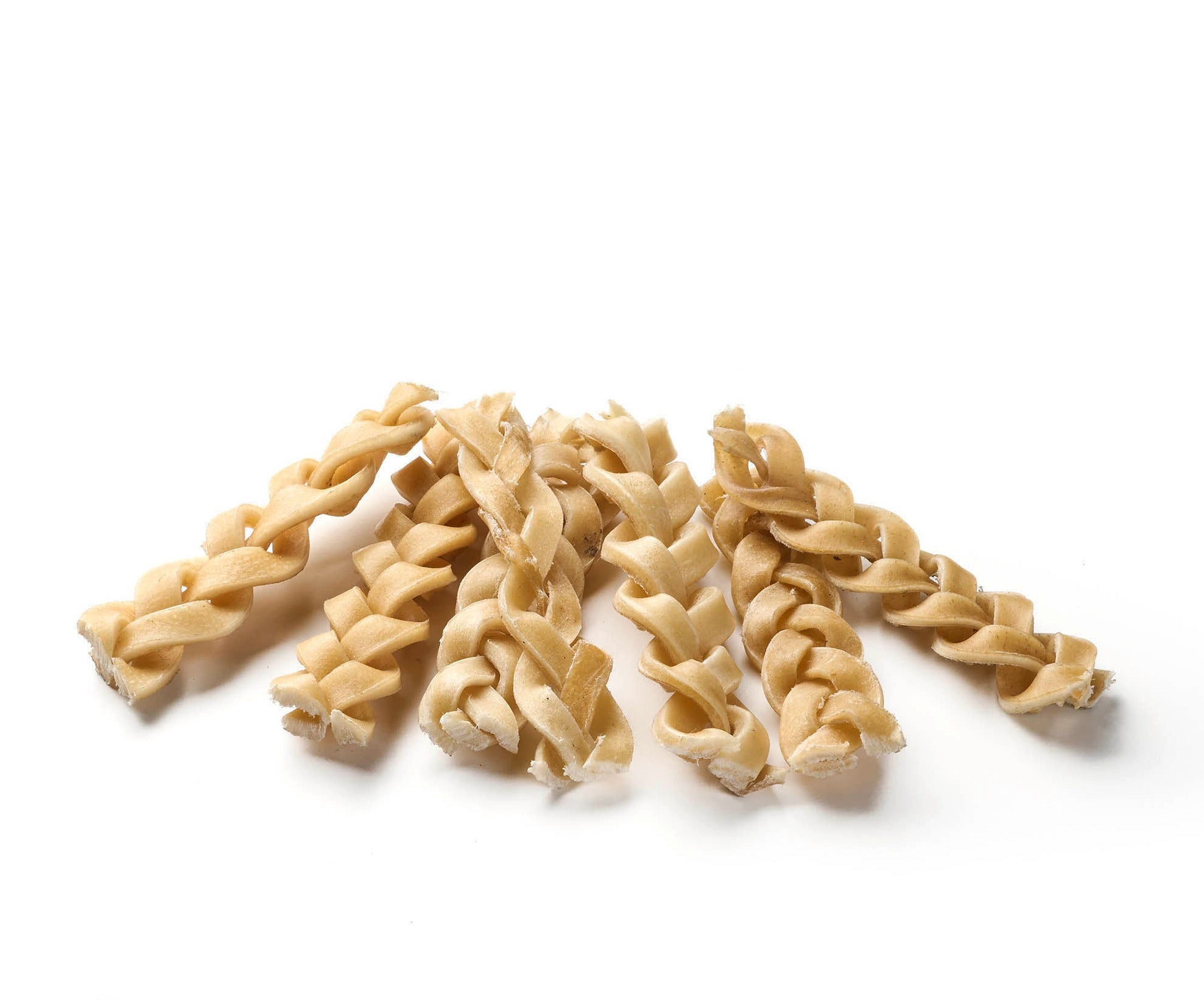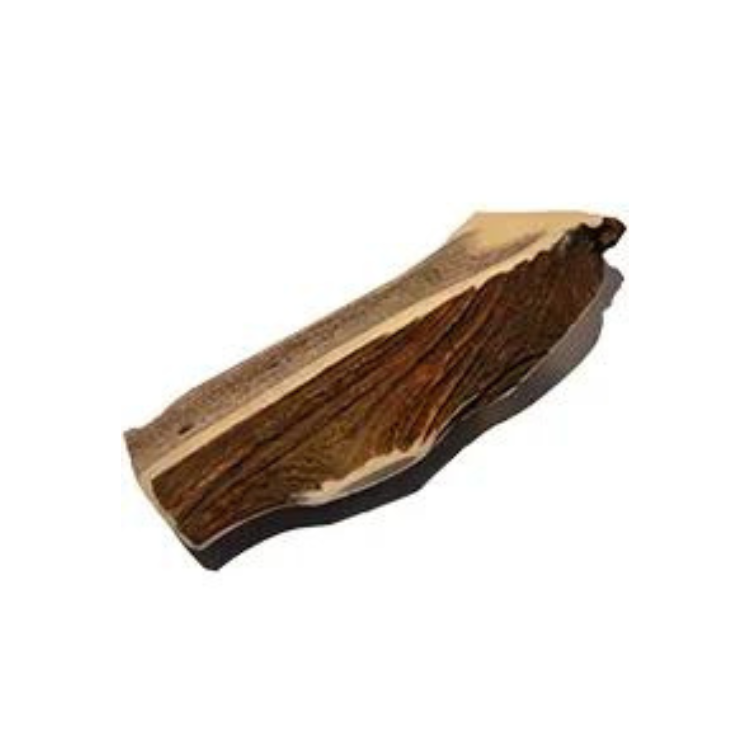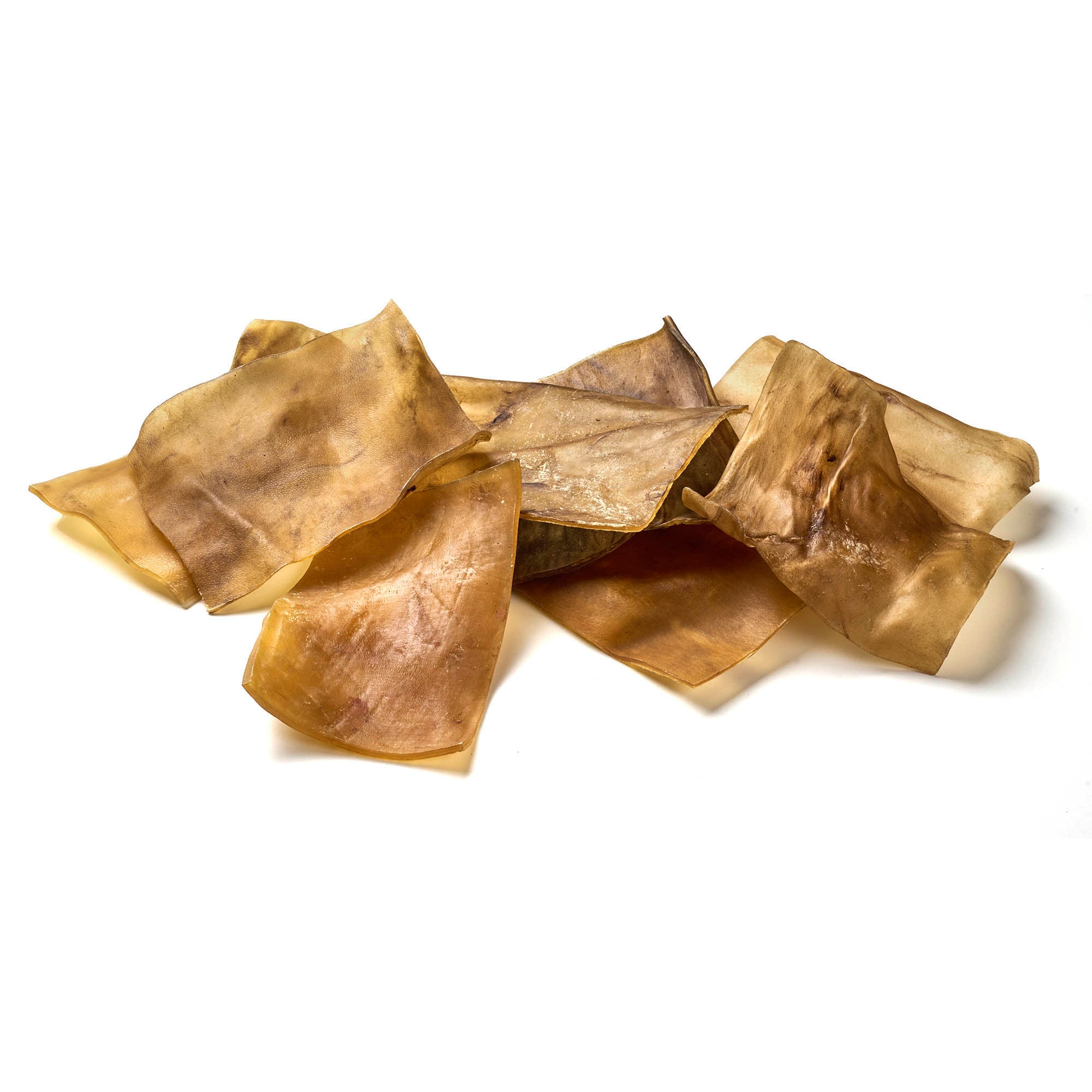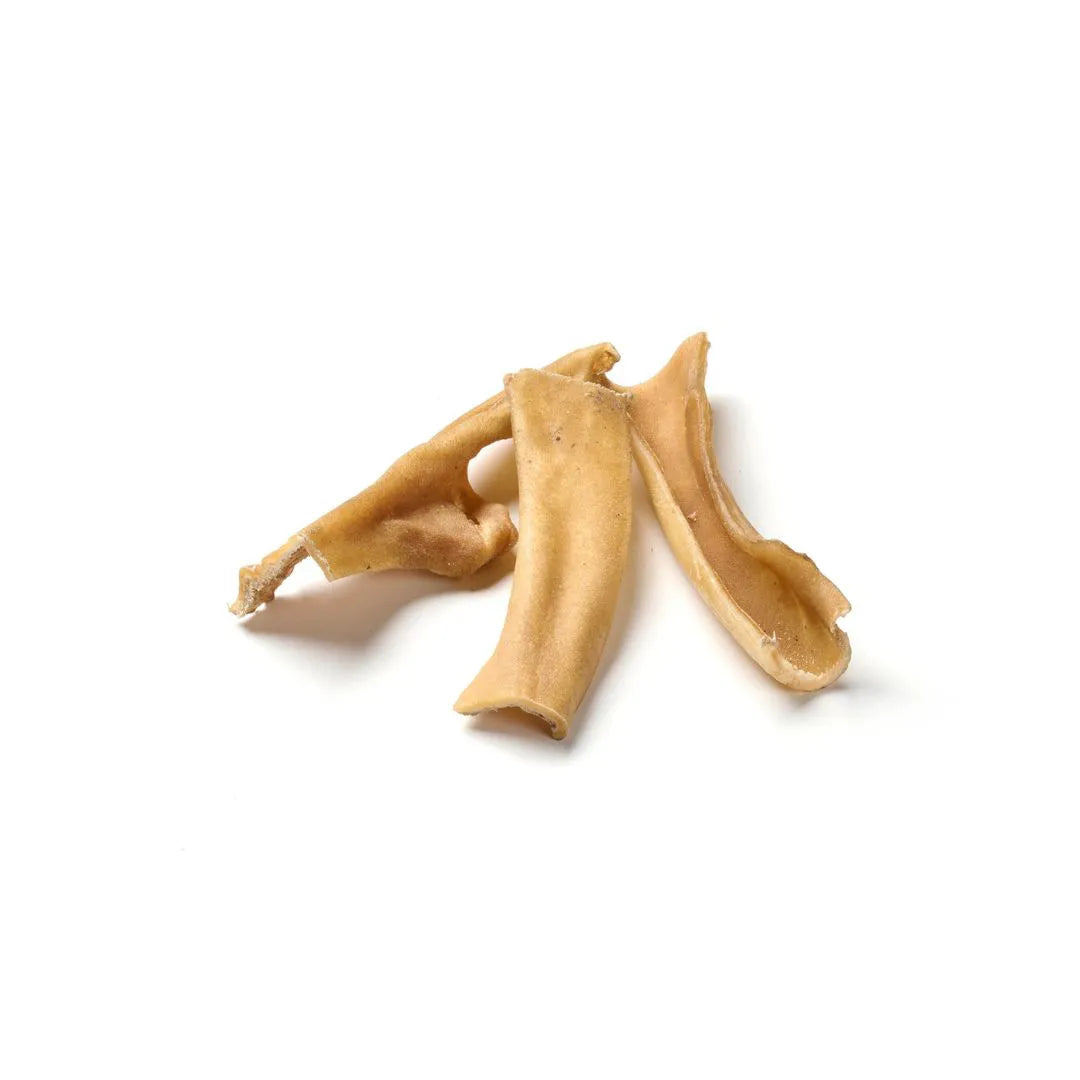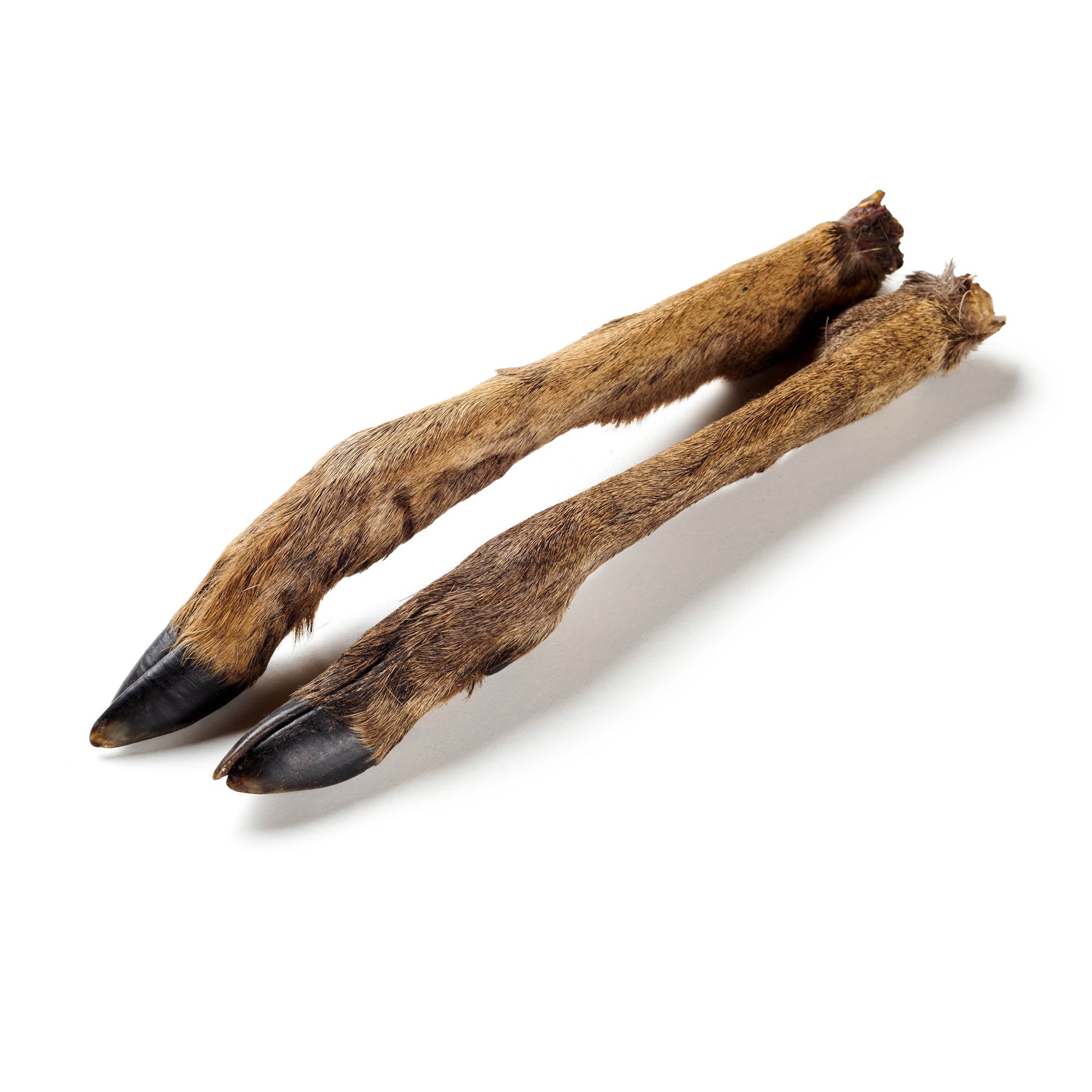
Dog fences - our recommendations
Share
Even if it remains a distant dream for many, a home or apartment with a garden is an ideal prerequisite for having your own dog. But even if you have a garden, it is not always surrounded by a wall or fence. If you want to let dogs run around freely in the garden, you should make sure that a dog stays in the garden and that other animals cannot get into the garden.
Contents: Dog fences - our recommendations
- Why do I need a dog fence?
- What makes a good dog fence?
- The different dog fences
- Dog fence in the apartment?
- The purchase decision
- Conclusion
Delicious dog snacks for pure enjoyment are available from us!
Why do I need a dog fence?
Although it is not legally required to fence in your own property, there is a duty of care for your own dog. Since these regulations are a matter for the individual states, as is often the case, a patchwork of rules and laws applies - but there are also some court rulings that give advice on how dog owners can best protect themselves. But a fenced-in area also has advantages. Not only can the dog owner relax better and not have to be constantly alert, the dog is also better protected from its own curiosity. A curious dog can quickly escape and run onto a busy road. The possible damage to people, material and dogs that this can cause is only imaginable and can be extremely painful, but also expensive. A sensible dog fence can be the solution and is always better than keeping the dog on a leash all the time. Basically, a dog fence is nothing more than a normal fence, like those used for many other animal species such as sheep or goats. But of course there are special dog fences or gates for dogs that are particularly useful for puppies. The possible uses are not limited to the home garden. For example, a staircase can be blocked off or individual rooms can be separated. Of course, a dog fence like this works in both directions and dogs can be locked in and out. For example, a pond with ornamental fish can also be protected.
High-quality dog chews for your faithful companion can be found here!
What makes a good dog fence?
It's quite simple. A dog fence must effectively prevent your dog or other animals from escaping and entering. The decisive factors are how big the dog is, how clever it is and how great the danger is if it does escape. The federal states have different state dog ordinances, which contain certain regulations. In some cases, electric dog fences are even recommended, which is strongly condemned by animal rights activists and is not covered by the Animal Welfare Act. To be on the safe side, it is best to find out more in the respective federal state. This is especially true for listed dogs , for which different rules may apply. But basically:
- The fence must be high enough so that the dog cannot climb or jump over it
- The dog must not be able to dig under the fence
- Must not be able to be bitten through by the dog
- It must not be too coarse-meshed
The different dog fences
Wooden fence
Perhaps the best option for permanent solutions. The cost of a wooden fence depends on the length and height of the fence and whether you put it up yourself or have a company do the work. Then it can be expensive and cost several thousand euros. With the right surface treatment, a wooden fence will last a long time, but it is and will remain maintenance-intensive and should be checked regularly for rotten spots. The recommended product in this case is more of an example. If you have a company put up the fence, different prices will of course apply - but then there are no limits to what you can imagine!
Metal fence
As with a wooden fence, the cost of a metal fence is very variable. Here, too, we can only recommend one example. If you want to set the fence in the ground, you can have the right fence made. This also has its price. A price that can be worth it, because these fence elements are solid, weatherproof and no dog in the world will chew through the sturdy metal bars to escape. If you really want to let your dog run around the garden without worry, you should at least consider a metal fence.
Wire fence - rabbit, mesh and square wire
Wire fences are used for many types of livestock such as sheep, rabbits or goats and at first glance appear to be escape-proof. However, the thin rabbit wire fence in particular does not seem to pose a challenge for many dogs and so they simply bite their way out. These fences are not particularly stable, which means they can simply be pushed aside if they are not properly secured. Although a wire fence can be dug deep into the ground, the untreated metal rusts after a short time and is therefore not a permanent solution. If you use wire, then use square wire. This is much more stable and usually hot-dip galvanized, which means that it only starts to rust after many years. In contrast to chain link or rabbit wire fences, however, this is usually permanently installed.
Metal dog playpen
Also made of metal, but more suitable for young dogs and puppies, are collapsible playpens. They are easy to set up and relatively mobile. The only disadvantage is that dogs can dig under them - but this hardly ever happens with puppies. With the fair price of just under €180, this dog pen is almost a "must-have" for dog owners with small dogs or puppies - assuming their own garden is big enough. This way you can relax and the young dogs can only do mischief to a limited extent. At around 26 kg, it is not particularly light, but can still be transported without any problems.
Plastic fence
Plastic fences are not a permanent solution, but they can be perfectly adequate when camping and their low weight makes them a real relief. Dogs are not really put off by them, however, as the thin material can be chewed through without any effort. They come in different sizes, but are often sold as pasture fences for chickens or sheep - which should not bother you or your dog. Just make sure that your dog cannot fit through the mesh!
Electric fences
Dog fences are often offered that are energized and give the dog an electric shock if it comes too close to the fence. They are mainly known from agriculture and are used for animals such as horses, cows, sheep or goats. Sometimes they are used to prevent escape, but also against predators such as wolves.
Animal rights activists strictly reject electric fences for dogs and we cannot recommend these fences under any circumstances!
The electric shock from such a fence can lead to trauma in the dog and every dog owner whose dog has ever come into contact with one knows the fear it can trigger in our beloved four-legged friends. In addition, they may lose their fear in aggressive dogs and in the end they themselves cause more danger than they add value.
Dog fence in the apartment?
If you just want to protect your dog from a nasty fall down the stairs or separate your dog from your children, you don't need a whole fence. There are special dividing gates for this purpose, just like for small children. Some have a door, some don't. They should be as high as the railing and not have too much space between the bars. Just like with a child, you should use common sense and only use safe systems.
The purchase decision
In order to buy the right dog fence, every dog owner should ask themselves a few questions before they can really get started. It might also make sense to consider two different models - for example, a permanent fence for the home and a mobile one for camping. Go through the following points, then you will be well prepared and will surely find the right solution for you and your dog:
- Indoor or outdoor use, permanently installed at home, in the garden, or for camping?
- How big is the dog? Or how small?
- How big should the fenced area be?
- How high does the fence have to be so that the dog cannot jump over it?
- Does the fence need to be buried?
- Build it yourself or have it built?
- How much money is available?
To give you an idea, there is a useful rule of thumb:
The height at the withers times three gives the fence height.
To prevent the dog from jumping over, it should not be able to see over it with its head. It is important to note that if you have several dogs, you should of course measure the largest dog. But the smallest dog should also be considered so that it cannot escape through mesh that is too large. If things go really badly, two fences will be needed for this case. A coarse fence can be combined with a fine-meshed one. As a guide, here are a few examples of the correct height:
- Small dogs: 120-140 cm
- Medium dogs: 140-160 cm
- Large dogs: 160-180 cm
Conclusion
Having your own garden is of course a dream for dog owners. The dog can play around freely and you can watch and relax. But it only really becomes relaxing with a secure dog fence. This applies not only to the dog owners themselves, but especially to neighbors, the postman or people who happen to be walking by who may be afraid of dogs - no matter how cute and friendly the dog may be. So it is not only good for your nerves, but also for your own legal security. So if you want to clarify for yourself which of the many options is the right choice, you should take your time. Ideally, it is a decision for many years, at least with permanently installed fences. The latter definitely makes the most sense for your own property, even if it is by far the most expensive option. If you can do it yourself, you usually save a lot of money. For puppies and young dogs or for vacations, however, a cheap dog fence is sufficient and you can also improvise in your apartment, provided you do it sensibly and sensibly. A playpen for children can easily be converted and used for puppies too.
Pamper your dog with our delicious chews!

